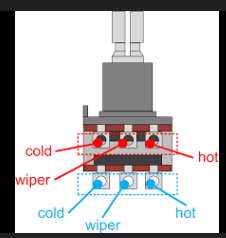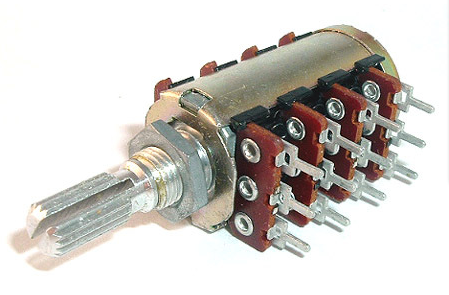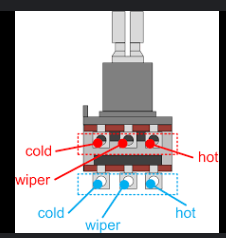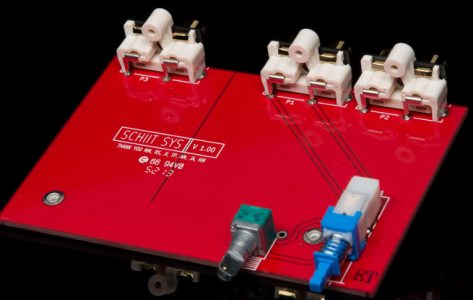What can I say? just like many other boutique companies, Schiit Audio does manage to $ell many Schiity things without bothering with proper measurements techniques.
e.g. Back in 2011, I was searching for headphone amp and I came across Schiit Audio Asgard (stop giggling) headphone amplifier. Apart from their tall claims, the company didn't implement proper DC protection during power ON/OFF cycle as they thought relays and protection circuits degrade audio(?).
- There’s a rather shocking video of an expensive AKG headphone driver being literally deformed by a large DC current when the Asgard is shut off. I’ve never seen anything like it nor had several other people who commented on it.
Jason Stoddard from Schiit Audio responded claiming the power down transient of the Asgard is only 0.10 – 0.15 volts and supposedly similar to a half dozen other headphone amps. Therefore, he argued, the glitch was quite harmless.
But even a 0.1V DC is enough to damage sensitive headphones, while measured DC during power OFF was 1.7 V DC!
I finally went ahead the DIY way and have never bothered myself into buying such boutique audio gears based on any glowing $pon$ored reviews.
coming back to the topic, the first flaw I see in this Sys model is the unnessesary use of a broad PCB, wide/ long track size, thats an open invitation to interferance. A compact layout would have been preferrable. Secondly, the push switch will develop poor contacts due to aging / wear & tear (an inherent design flaw that plagues all push switches alike. Ask any vintage gear owner) when compared to a toggle switch construction, relay implementation would have been even better , but then this is a passive design.





